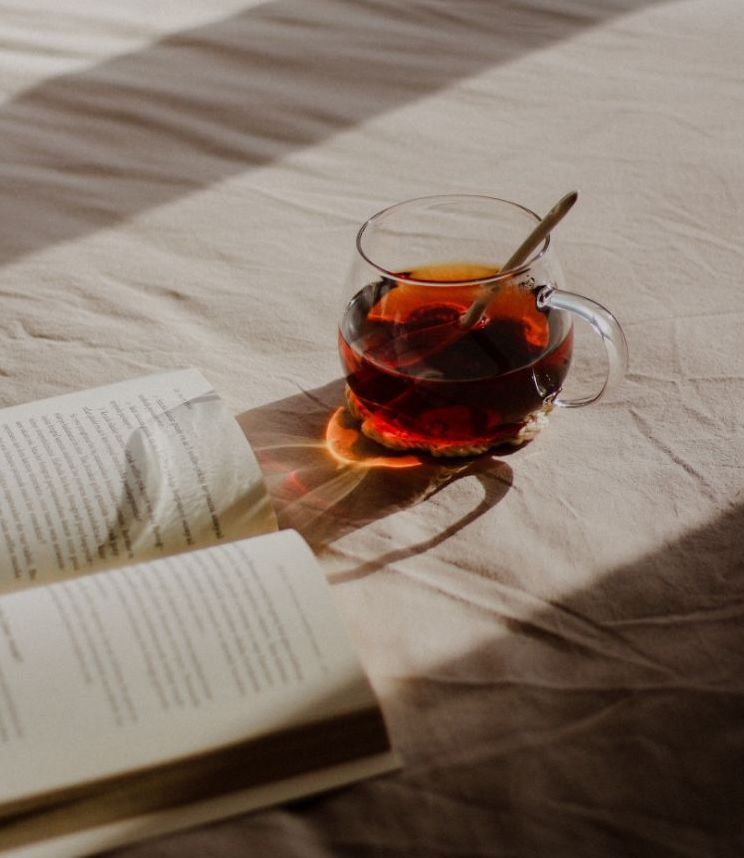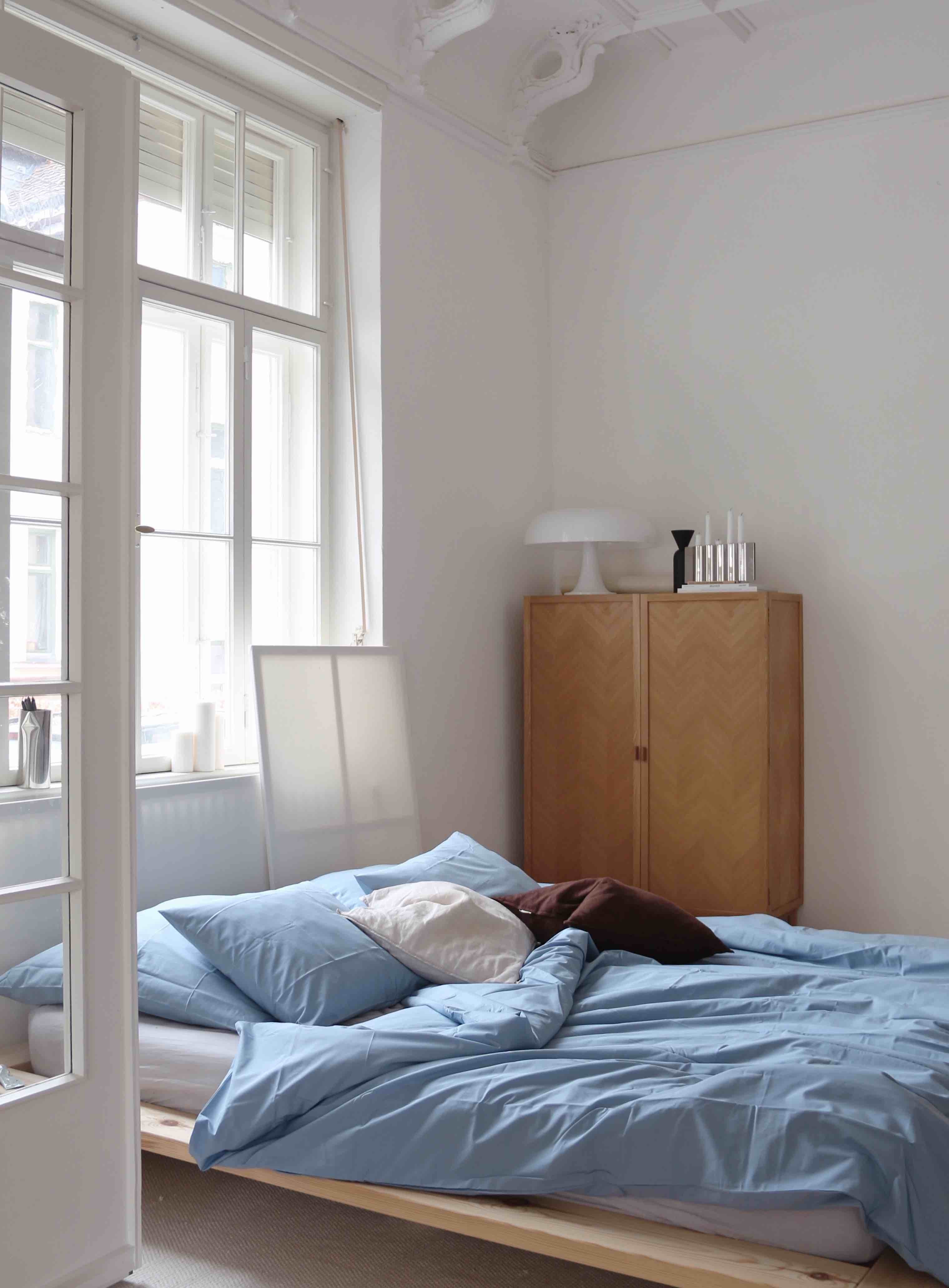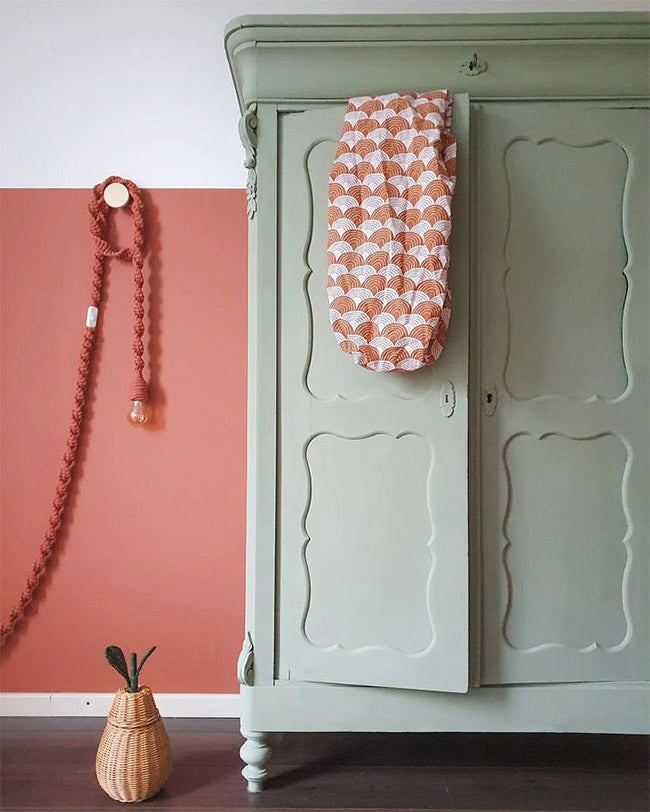Some garments are more than clothing. They carry meaning, memory, and a sense of place. The Japanese kimono is one of those garments. It’s instantly recognizable in form—straight seams, wide sleeves, a gentle wrap around the body—but what it represents goes far beyond design.
The word kimono simply means “a thing to wear” (ki meaning “wear,” and mono meaning “thing”). At first glance, it might sound utilitarian. But in reality, the kimono is anything but ordinary.

A History Woven Over Centuries
The kimono as we know it today has been shaped by more than a thousand years of tradition. It evolved from Chinese-inspired robes worn during Japan’s Nara period (710–794), but began to take on its uniquely Japanese character in the Heian period (794–1185), when layers of fabric were worn in carefully chosen seasonal color combinations, often inspired by poetry or nature.
By the Edo period (1603–1868), the kimono had become deeply embedded in everyday life. Everyone wore it, from merchants to samurai to nobility. It became more than a garment—it was a language of identity. Patterns, fabrics, and colors quietly communicated things like age, marital status, social standing, and even personality.
And unlike many items of clothing, the basic structure of the kimono didn’t follow trends. It remained consistent, timeless—allowing its symbolism and craft to take center stage.
Design That Speaks
The kimono might appear minimal in shape, but it’s rich in intention. Every element holds meaning.
Patterns are rarely decorative for decoration’s sake. They’re often rooted in nature and tradition. Plum blossoms suggest quiet strength. Cranes represent long life and good fortune. Waves might hint at resilience or the passage of time. Pine trees, evergreen through winter, evoke stability and grace.
Even how a kimono is worn carries significance. It always wraps left over right. To wear it the other way—right over left—is reserved for the deceased. These aren’t just customs, but reflections of how deeply the kimono is tied to life, death, and respect.
The obi, the wide sash that ties at the waist, adds another layer of both structure and symbolism. It can be simple or ornate, and the way it's tied can change the feel of the entire ensemble—from everyday casual to formal elegance.

The Emotional Layer
For many in Japan, the kimono is wrapped in memory. Passed down between generations, it carries with it the scent of old silk and the warmth of another’s life. It’s worn for important moments—coming-of-age ceremonies, weddings, celebrations—and then carefully folded and stored until it’s needed again.
There’s also something about the act of wearing a kimono that changes the pace of things. The way it fits encourages upright posture, slower movement, a quiet sense of presence. It asks you to be aware of your body in space—to move with intention.
It isn’t just about how you look in a kimono. It’s how you feel in it.
A Garment That Slows Time
To wear a kimono—whether it’s a traditional silk heirloom or a contemporary adaptation—is to touch something deeper than trend. It’s a reminder that clothing can be more than functional. It can be emotional. It can hold history. It can be a small, daily act of grace.
The kimono asks nothing loud. It simply suggests: slow down. Move with care. Feel the fabric against your skin. Let beauty live in the small, quiet moments.
Because sometimes, the most meaningful things are the ones we wear not to stand out, but to feel at home—with ourselves, with tradition, and with time.
A Variety of Forms for Different Moments
Though the kimono’s basic structure remains consistent, there are many variations designed for different occasions and stages of life. A Furisode, with its long, flowing sleeves, is worn by young unmarried women and often seen at coming-of-age ceremonies. The Tomesode, with shorter sleeves and more subdued patterns, is worn by married women for formal events. Yukata are lighter, unlined cotton kimonos traditionally worn in summer—easy, breathable, and often seen at festivals or hot spring retreats. For men, Montsuki are formal black kimonos with family crests, typically worn with hakama trousers for weddings or ceremonies. Each type serves a purpose, blending beauty with social tradition. Even in modern adaptations, these distinctions inform how the kimono continues to be worn—with quiet respect for its roots, and freedom for reinterpretation.
A Global Journey, Reimagined
Over time, the kimono has gently crossed cultural borders, capturing the attention of designers and aesthetes around the world. In the West—and especially in Scandinavia, where simplicity, natural materials, and mindful living are deeply rooted—the essence of the kimono has quietly found a place. Its clean lines, effortless elegance, and ritual-like way of being worn speak to a shared design philosophy.
Inspired by this connection, we’ve reimagined the kimono through our own lens—grounded in Japanese tradition, but tailored to a modern, Nordic way of living. Our version brings that quiet sense of ceremony into everyday moments: slow mornings, peaceful evenings, and everything in between. It’s not about replicating the past, but honoring its spirit—through texture, form, and presence.
In Japanese, there’s a word—onkochishin (温故知新). It means “to revisit the old in order to understand the new.” That’s exactly what this kimono represents for us: a quiet dialogue between heritage and now. A garment rooted in centuries of tradition, reinterpreted with care, to bring comfort, clarity, and beauty into the present moment.







